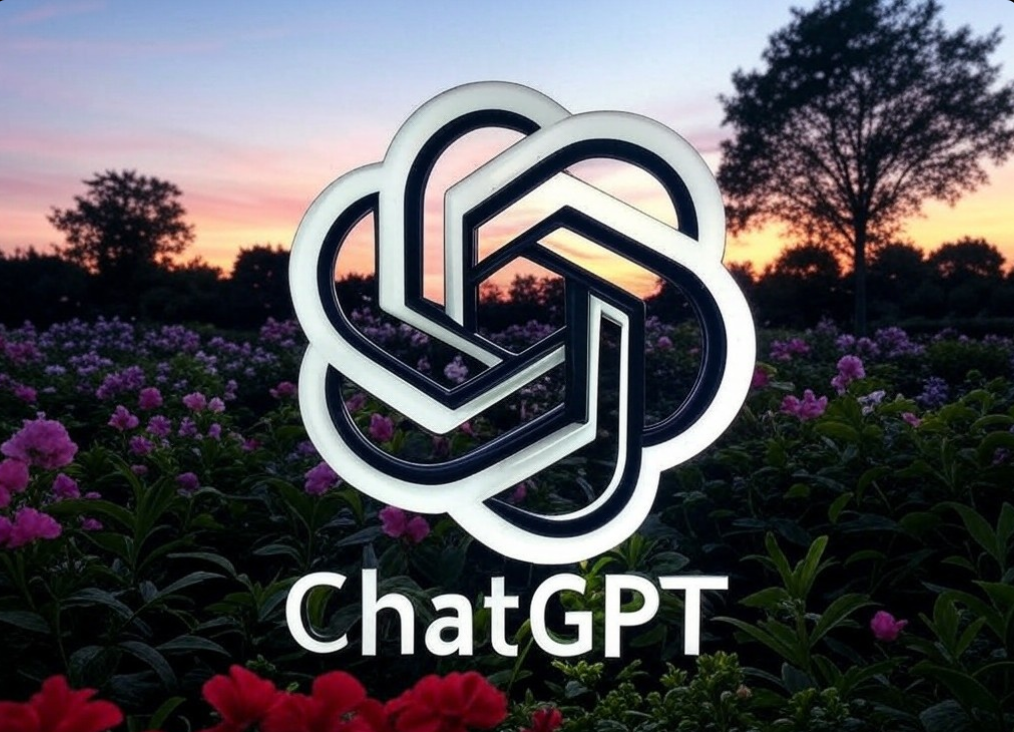In the context of pursuing the ultimate user experience and business efficiency, the optimization of the response speed of the ChatGPT API interface has become a key issue that the technical team cannot ignore. A fast-responding API can not only improve the user experience, but also effectively promote the efficient operation of business processes. This article will explore in depth how to optimize the response speed of the ChatGPT API interface from multiple dimensions, and briefly mention the potential role of 98IP proxy in this process.

I. Diagnosis and understanding of response speed bottlenecks
1.1 Analysis of network factors
- Network delay: Network transmission speed is the primary consideration. As a cloud service, the response speed of ChatGPT API is limited by the network delay between the user and the server. Geographic location, network bandwidth, ISP (Internet service provider) quality and other factors will affect this.
- DNS resolution time: DNS resolution is the process of converting a domain name into an IP address. If the resolution time is too long, it will directly affect the initial response time of the API request.
1.2 Server and Resource Allocation
- Server Performance: The server's CPU, memory, disk I/O and other hardware resources directly affect the API's processing capabilities. Insufficient resources will lead to slow request processing.
- Load Balancing: An effective load balancing strategy can ensure that requests are evenly distributed to multiple servers to avoid single-point overload.
1.3 API Design and Implementation
- Request Complexity: Complex request processing logic will increase response time. Optimizing API design and reducing unnecessary calculations and data transmission are the keys to improving response speed.
- Error Handling Mechanism: An efficient error handling mechanism can quickly identify and respond to abnormal situations to avoid long-term request suspension.
II. Targeted Optimization Strategies
2.1 Network-level Optimization
- Use CDN Acceleration: Content Distribution Network (CDN) deploys nodes around the world to shorten the physical distance between users and servers, significantly reducing network latency.
- Optimize DNS resolution: Use intelligent DNS service to select the nearest server for resolution based on the user's geographic location to shorten the resolution time.
- Consider 98IP proxy: In specific scenarios, if you need to bypass regional restrictions or increase the access speed in a specific area, 98IP proxy can be used as one of the alternatives to help improve API access speed by providing stable network connections and rich IP resources.
2.2 Server and resource optimization
- Upgrade hardware: Upgrade server hardware in a timely manner according to business needs to ensure sufficient resources.
- Implement automatic expansion: Use the automatic expansion function of cloud service providers to dynamically adjust server resources according to the number of API requests.
- Optimize database queries: Database queries are a common bottleneck in API responses. Reduce database response time through index optimization, query caching, and other means.
2.3 API design and implementation optimization
- Simplify request structure: Request only necessary data to reduce data volume and processing complexity.
- Asynchronous processing: For tasks that do not respond immediately, use asynchronous processing to release main thread resources and improve concurrent processing capabilities.
- Cache mechanism: For request results that are frequently accessed and whose data does not change much, introduce a cache mechanism to reduce repeated calculations.
III. Monitoring and continuous optimization
- Establish a monitoring system: Implement comprehensive performance monitoring, including key indicators such as response time, error rate, and server load, to promptly discover and resolve performance bottlenecks.
- Regular performance testing: Perform load testing and stress testing regularly to simulate high-concurrency scenarios and evaluate the API's carrying capacity and response speed.
- User feedback loop: Establish a user feedback mechanism to collect and analyze user feedback on API response speed as a basis for continuous optimization.
IV. Conclusion
Optimizing the response speed of ChatGPT API is a systematic project, which requires comprehensive consideration from multiple aspects such as network, server resources, API design, monitoring and continuous optimization. By implementing the above strategies, combined with specific business scenarios and needs, the response speed of API can be effectively improved, thus providing users with a smoother and more efficient service experience. At the same time, the rational use of auxiliary tools such as 98IP proxy can also improve the access speed in specific scenarios to a certain extent.
Related Recommendations
- Mobile application data collection: Proxy IP solves cross-platform data collection challenges
- Multi-scenario proxy IP: Meet your various network needs
- How to play overseas social media marketing platforms?
- How to use Korean Tour's exclusive IP agent
- IP agents play a major role in promotion and marketing
- IP blacklist and IP whitelist: Definition and role
- How to choose the HTTP crawler IP traffic and quantity charging model?
- AI model training: How to use proxy IP to efficiently obtain diverse data?
- Impact of IP purity on business
- Dynamic Tunnel Proxy IP: Unlocking Infinite Possibilities in the Online World

